Pros and cons of US combat lasers
The first prototypes of laser weapons did not appear today or even yesterday, they began to be developed as far back as the 60-70s of the XX century, but only nowadays such weapons become really real, go on experimental combat duty and undergo comprehensive tests, including on navy. According to US Vice Admiral Thomas Moore, in the next 10 or 15 years, the use of laser weapons on American warships will become widespread. According to the admiral, who oversees the construction of underwater and surface systems in the Navy, initially the laser systems on ships will be used exclusively for defense, but over time, the transition to offensive operations using laser systems of various powers is not excluded.
In the United States, a large number of companies are working on the development of laser weapons: Boeing, Lockheed Martin, Northrop Grumman Corporation, and DARPA, the Defense Defense Advanced Research Agency. All of them have achieved some success in this field. At the IDEX-2019 international arms exhibition held in Abu Dhabi in February, the Americans demonstrated their latest developments in the field of laser weapons. In particular, the Boeing Corporation demonstrated its experimental laser to the participants of the largest arms exhibition in the Middle East, which can effectively deal with small enemy UAVs.
At the booth of the largest aerospace corporation "Boeing" was shown not only a model of an experimental laser machine, but also a film that clearly showed its capabilities. The prepared videos showed how a laser beam strikes and disables a small-sized unmanned aerial vehicle. According to TASS, the current level of technology in the field of military laser weapons achieved by the US military is at a level that can effectively counteract against some types of air and surface targets at a distance of about 1,6 kilometers (American mile, also called the standard land mile) from installation. The achieved level of technology development allows Americans to begin deploying the first combat laser systems on fleet ships in the next few years.
It is believed that in a slightly more distant future, more powerful laser systems will be ready for use, which will provide surface ships with the ability to deal with air and surface targets at a distance of about 16 kilometers. If such results are achieved, such weapons could become part of the last line of missile defense missile defense, striking some types of ballistic missiles, including the modern Chinese ASBM ballistic anti-ship missile, which the American admirals consider a serious threat to their surface fleet, and the Chinese themselves call it a thunderstorm aircraft carriers. At the same time, experts say that despite the fact that the US Navy is actively engaged in work on creating laser weapons and various prototypes, and also have a generalized vision of its development and use, a specific program for launching lasers into mass production or a roadmap, which would mark the specific timeframe for the installation of laser systems on board warships of certain types at the present time is simply not there.
For the first time, American admirals began talking about plans to equip warships of the fleet with modern laser weapons as early as the beginning of the 2010s, at the same time the first tests of the developed laser complexes on board warships from the US Navy took place. For example, not so long ago in the summer of 2017, a great resonance in the media caused the LaWS (Laser Weapons System) laser system installed on board the amphibious assault ship USS Ponce, on the nose of which, in August 2014, a prototype of a laser combat system was installed (considered that 30-kilowatt). Then, as part of testing in the Persian Gulf, the US military was able to hit targets on board small moving boats, and also shot down a UAV. These tests were included in the plot of CNN, which attracted special attention from the world community.
But no matter how effectively similar plots and presentations at exhibitions look, one should not forget that laser weapons, like any other weapon systems not only adopted, but also developed, have their obvious advantages as well as obvious cons.
Advantages and disadvantages of combat lasers
One of the first advantages that is always mentioned when mentioning a laser weapon is the low cost of a shot. According to American estimates, the cost of ship fuel, which is spent to produce the energy required to fire a laser system, can be from 1 to 10 dollars, while the price of modern short-range missiles is estimated at 0,9-1,4 million dollars, and if we take long-range missiles, then the price immediately goes beyond several million dollars. Based on this, a simple and effective concept for the use of combat lasers in the fleet is being developed. Their main job may be the destruction of UAVs of a potential enemy, that is, the fight against less important targets, in turn, anti-aircraft guided missiles will be used to guarantee the destruction of more important and most dangerous targets. Any warship is a very expensive model of military equipment, while the enemy tries to use the least expensive means to destroy it, which include strike Drones, small boats and boats, as well as anti-ship missiles. The introduction of combat lasers into the armament of the ship will change the ratio of spending on its defense.
Another plus laser weapons is unlimited ammunition. While energy is being produced, the laser can fire. This is especially important when you consider that any warship has a limited ammunition not only of missiles, but also of artillery weapons. For example, after the use of anti-aircraft guided missiles, the ship is advisable to withdraw from the battle and carry out the replenishment of ammunition. In turn, the use of a laser system to combat small targets, as well as false targets will help preserve the ammunition rocket armament. In the future, a ship equipped with serviceable combat lasers and rocket armaments will not be as big and less expensive than a combat ship with a large ammunition of missiles deployed in vertical launchers.
The obvious advantages of laser weapons also include the possibility of hitting super-maneuverable targets, which in their aerodynamic characteristics are superior to the anti-missiles on board the ship. In this case, an almost instantaneous defeat of a target attacked by a laser beam is achieved, a focused laser beam destroys the target for a few seconds, after which it can be focused on another attacking object. When conducting combat near the coastal zone, for example in a port, the use of laser weapons also provides minimal side damage. Do not forget that the laser beam has no mass, which means that when shooting there is no need to make ballistic corrections that would take into account the strength and direction of the wind, and the laser shot has no recoil and is not accompanied by a flash, strong sound and smoke traditionally act as unmasking factors. In addition to this, laser complexes can be used not only for defeat, but also for tracking and detecting targets, and also can affect them in a non-lethal manner, for example, by disabling optical-electronic equipment and sensors.
In turn, the obvious disadvantages of all laser systems include the fact that they can only affect targets that are on the line of sight. The possibility of hitting targets beyond the horizon is completely missing. In the maritime variant of the base, strong waves may be the limitation on the defeat of small-sized targets, which will temporarily hide the target. An important disadvantage is that atmospheric phenomena such as fog, smoke, rain or snow, which interfere with the passage of the laser beam and its focus on the target, extremely affect the laser beam, and this is a serious limitation for military weapons.
It is also worth remembering that repelling a massive attack on a ship will likely require the use of more than one laser installation, since the process of redirecting to new objects, like their defeat, still takes some time. In this connection, it will be necessary to deploy several combat lasers according to the same principle, according to which modern anti-aircraft artillery systems are installed on board the ship, which are responsible for the defense of the ship at the last line. Also, do not overlook the fact that having a small power kilowatt lasers will be inferior in efficiency to their megawatt counterparts. This will be especially noticeable when trying to counteract targets with an ablative coating (thermal protection technology used in spacecraft). In turn, the desire to increase the power of the laser machine will drag along with it an increase in the mass, price, and requirements imposed on the power plant of the ship.
Russian response
Russia has what to oppose to American developments. In our country, work on the creation of laser weapons has also come a long way, and the Soviet school in this area was considered advanced. The existing groundwork allowed Russian designers to achieve significant results in the development of laser systems that can be used for military purposes. So 20 February 2019, the Russian Ministry of Defense said that the troops are completing the process of deploying a ground-based domestic combat laser complex "Peresvet". It is expected that the Russian military laser will rise not combat duty in December of this year.
Military expert Yuri Knutov, who commented on Russia Today, called the Russian Peresvet the most powerful and effective combat laser on the planet. This estimate is valid at this point in time. According to Knutov, there is still very little public information about this development of the domestic defense industry complex. At the same time, the expert believes that the main purpose of Peresvet is to solve missile and air defense missions, including the construction of highly echeloned defense of ground targets, which also includes other air defense systems. Yuri Knutov believes that the Russian combat laser is able to hit various types aviation equipment and missiles, including UAVs. According to him, the capacity of the complex can be about 1 megawatt. The expert believes that the very fact of the deployment of a new complex in the troops indicates that Russian military laser systems in their characteristics surpass overseas models of such weapons.
In turn, it can be noted how much the current approaches of the two countries to the introduction of such types of weapons (based on the information that is freely available). The Russian concept with the use of a super-power laser installation, which is distinguished by its large dimensions and requires the deployment of equally bulky power plants for operation, seems to be focused on the defense of stationary objects of high strategic importance, including the basing areas of intercontinental ballistic missiles. Obviously, Peresvet, in the form in which it is demonstrated by the Russian Defense Ministry today, is a weapon in case of a full-scale war.
At the same time, the laser complexes tested by Americans, primarily sea-based ones, are not as powerful and therefore less overall. Their purpose is more utilitarian. The main purpose is to fight with small surface and air targets, for which a limited supply of missiles is too expensive to spend. For one of the most howling armies of the world - this is quite relevant. The Americans have already faced suicide attacks from their warships, sailing to them in small boats, and modern local conflicts around the world clearly demonstrate the ever-increasing role of UAVs. In such conditions, a laser installation on board a ship is a savings of American taxpayers, which allows you to spend about 1-10 dollars on the destruction of a drone, and not hundreds of thousands of dollars, which cost the release of one anti-aircraft guided missile.
Information sources:
https://tass.ru
https://russian.rt.com
https://militaryarms.ru
http://nsn.fm
Open source materials
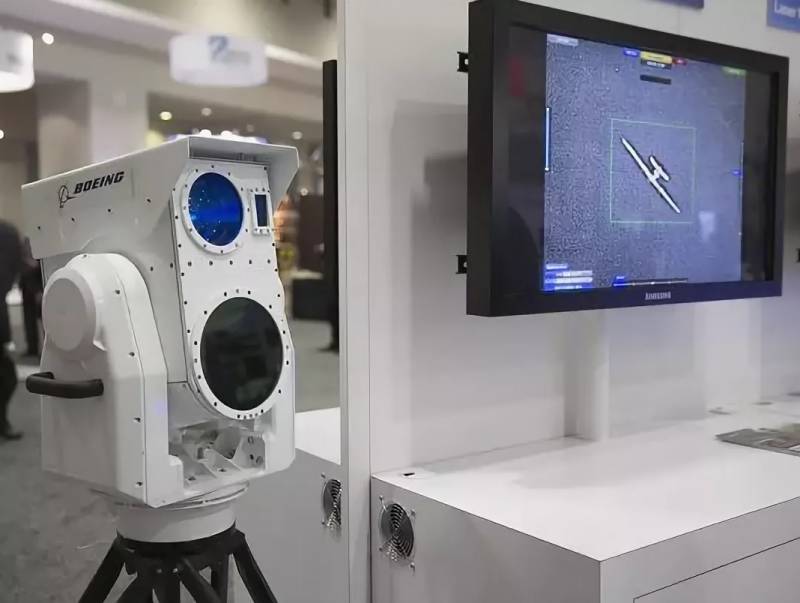
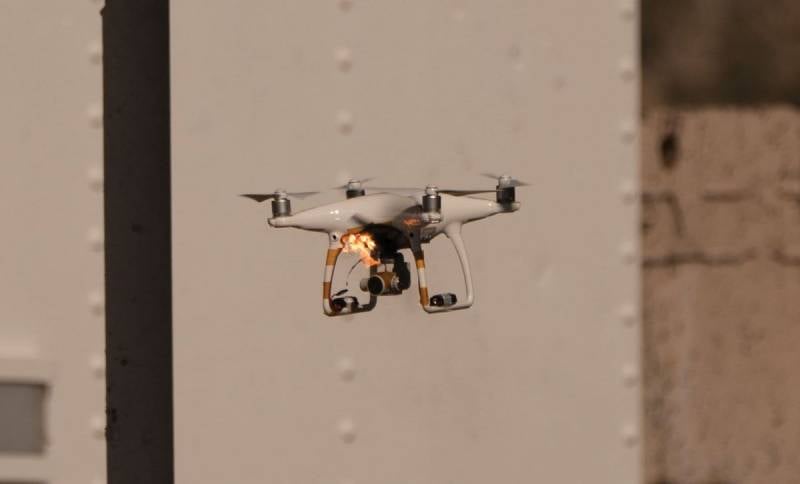
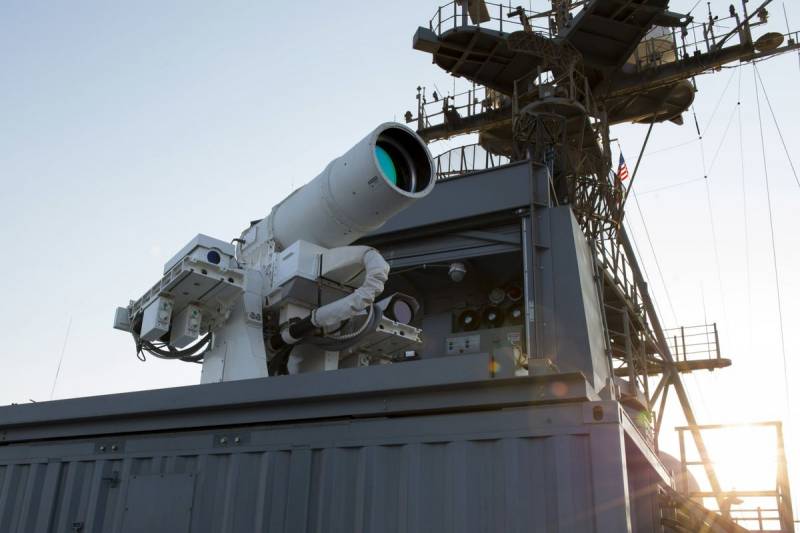
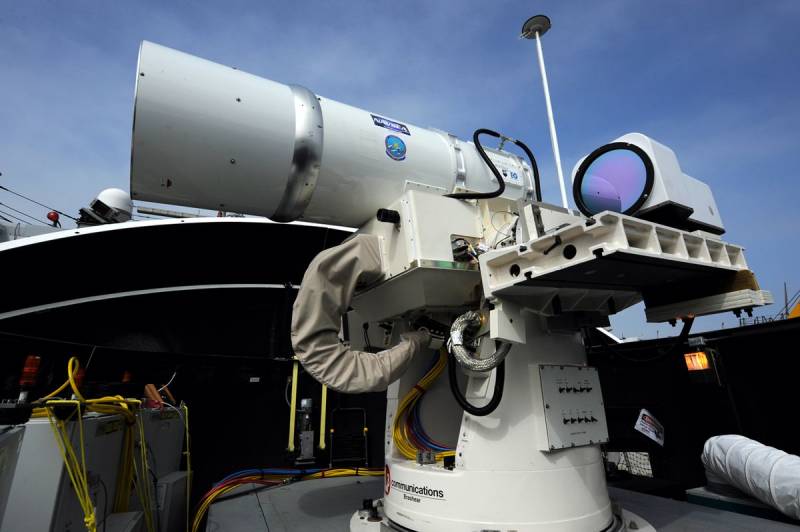
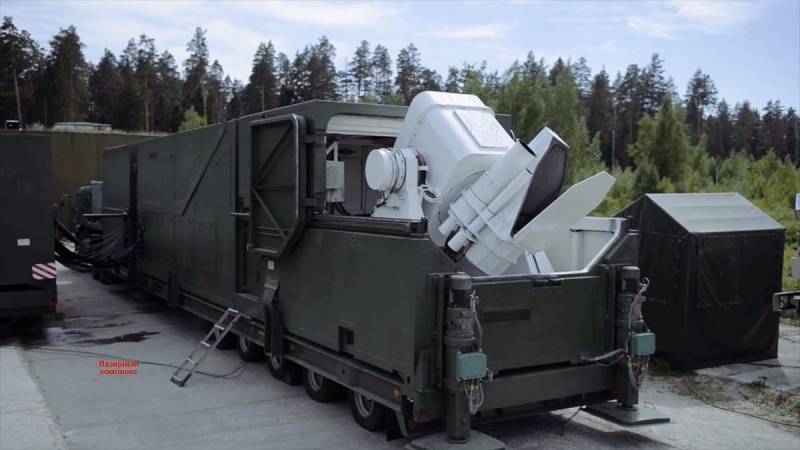
Information